Global Strike Eagle: The real plan to add rockets to the F-15
- By Alex Hollings
Share This Article
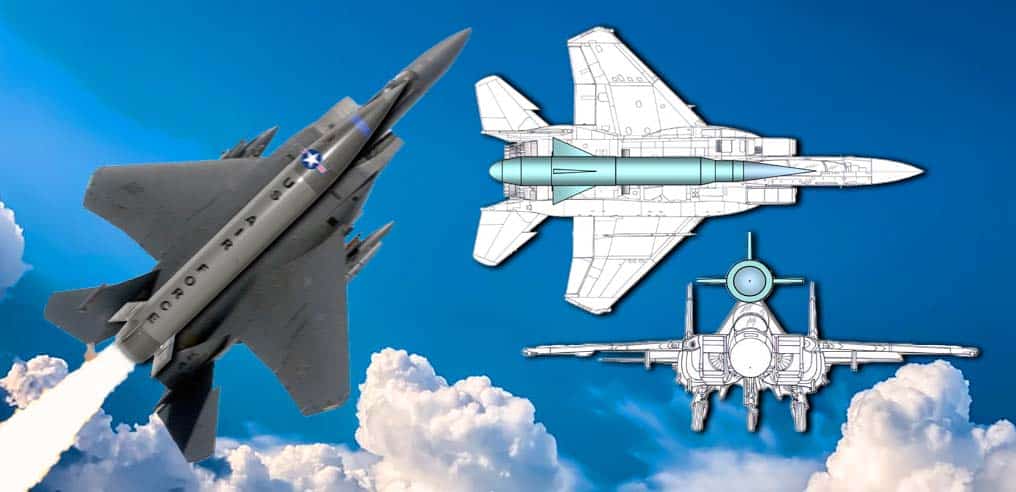
In 2006, a team from Boeing proposed an incredible new use for America’s legendary F-15 Eagle that called for mounting a 45-foot rocket to its back. This rocket-carrying fighter would be given the seemingly logical (while still entirely dramatic) moniker of F-15 Global Strike Eagle, and it could have revolutionized how America deployed hypersonic weapons or put small payloads into orbit.
The idea was to use the Eagle’s powerful afterburning turbofan engines and the incredible amount of lift offered by its design to ferry rockets up to high speeds and altitudes before releasing them to ignite and fly the remainder of the journey into orbit. Launching orbital payloads from an aircraft would eliminate the need for expensive rocket launch facilities while making it possible for F-15s to rapidly deploy small payloads into orbit from anywhere on the planet with an airstrip and a hangar.
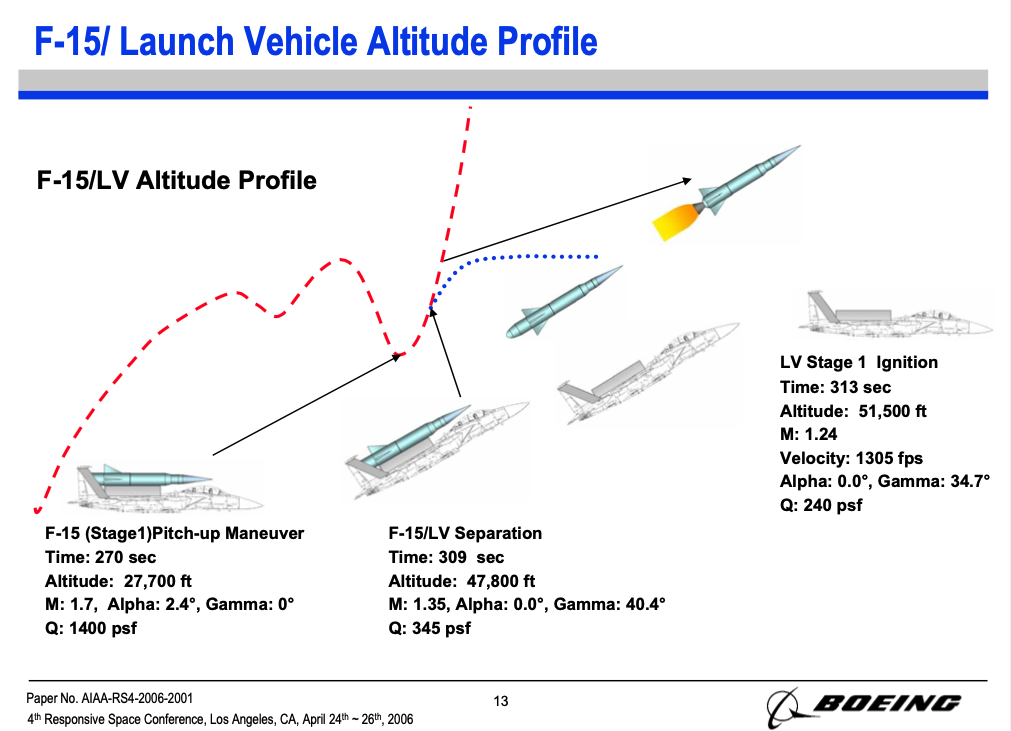
It was a relatively low-cost solution to a very expensive problem America’s military, particularly the Space Force, continues to tangle with today. But despite a very realistic approach to the Global Strike Eagle design, Boeing’s pitch likely still seemed a bit too crazy to put into practice… at least as far as we know.
The idea and its accompanying designs may look more like something Wile E. Coyote might build than anything to come out of Boeing’s brain trust, but the official proposal offers a number of startling conclusions about the feasibility of such an effort. In fact, although Boeing’s Global Strike Eagle never made it past the proposal stage, their data seems to suggest that a rocket-packing Eagle could actually work.
Related: F-15 ACTIVE: This Frankenstein fighter was better than the Eagle
Why the F-15?

When the McDonnell Douglas F-15 Eagle first took to the skies in 1972, the stakes felt a lot higher than we can really appreciate today. Just five years earlier, American analysts had gotten their first glimpse of the Soviet’s newest and most capable fighter, a platform that evoked chilled whispers about broken speed and altitude records for years before any American had even seen it. Within the halls of the Pentagon, this powerful new fighter was known only by its prototype designation: the Ye-155.
But the United States and its NATO allies would soon have another name for their Mach 3 boogeyman: The MiG-25 Foxbat.
The Foxbat, America wouldn’t know for years to come, was more about propaganda than power, and while the MiG-25 would fail to live up to its reputation, the F-15 McDonnell Douglas produced to counter it would be everything America had hoped and then some. With a top speed in excess of Mach 2.5, a climb rate of more than 67,000 feet per minute, low wing loading, and a high thrust-to-weight ratio, America’s new Eagle became the game changer the Pentagon feared the Foxbat already was, and it would go on to prove it in fight after fight. Eventually, the F-15 would rack up an incredible 104 wins against enemy aircraft, and all without ever losing a single jet in an air-to-air scrap.

With the immense success of the Eagle, it wasn’t long before the U.S. began exploring other uses for their powerful and acrobatic new airframe. By 1986, just ten years after the first F-15s entered active service, flight testing began on the next iteration of the Eagle lineage; the ground-attack-oriented F-15E Strike Eagle. With the same pair of Pratt & Whitney F100-PW-220 afterburning turbofan engines pumping out a bit more than a combined 58,000 pounds of thrust and new hard points and avionics to support a broad variety of conventional and even nuclear payloads, the Strike Eagle quickly followed in the Eagle’s footsteps, making a name for itself as an attack aircraft with such potent air-to-air capabilities that it had no need for a fighter escort.
Over the span of the past 50 years, the F-15 has proven so incredibly capable that it’s been considered by the Navy for duty aboard aircraft carriers, been modified to take off at speeds at low as 42 miles per hour, been landed by a student pilot after losing an entire wing, scored an air-to-air kill with a bomb, and even nearly got the stealth treatment complete with conformal weapons bays. In fact, today, 46 years after entering service in the U.S. Air Force, brand new F-15s, dubbed F-15EXs, are still rolling off the assembly line and straight into Uncle Sam’s hangars.

F-15s have been chosen for plenty of other experimental efforts too, from launching hypersonic Phoenix missiles for NASA to literally shooting down a satellite, but as incredible (or even downright crazy) as many of these efforts may have been, they all pale in comparison to one 2006 Boeing proposal that aimed to mount a 45-foot-long, three-stage rocket to the Eagle’s back.
Related: The full story of the F-15 pilot who landed with one wing
Why add a rocket to a fighter jet at all?
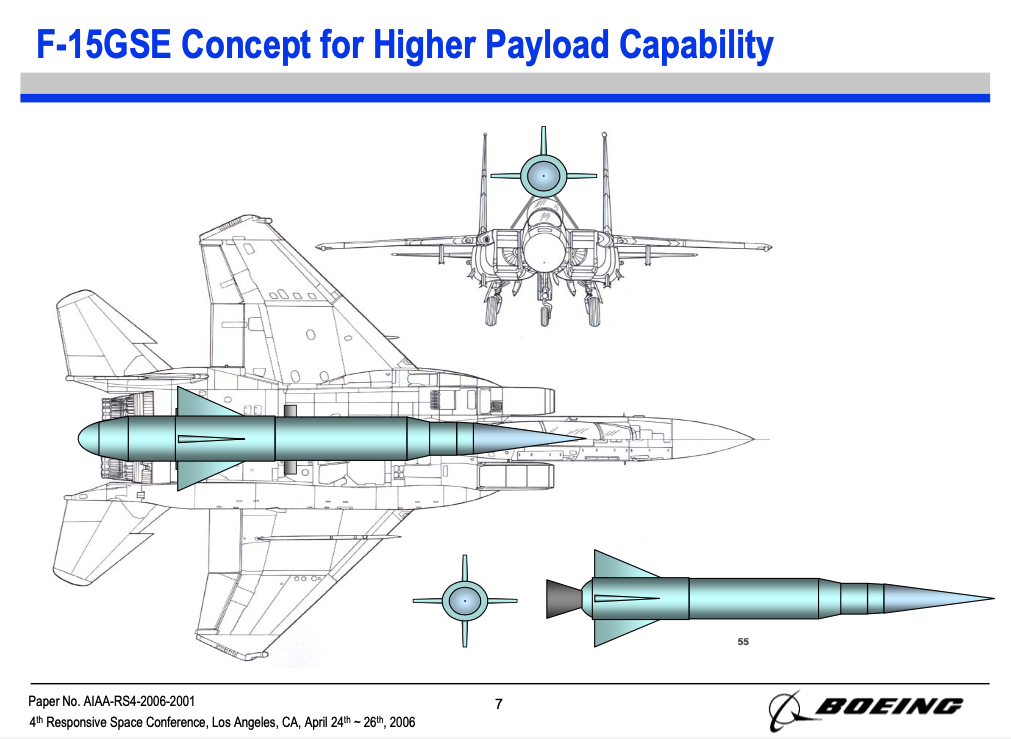
The first and most obvious use for an F-15 with a rocket on its back would be the rapid deployment of orbital or suborbital munitions like many modern hypersonic glide-body weapons, and indeed, mention of using this system to deploy America’s Mach 5 “Common Aero Vehicle” did make its way into the proposal. But the bigger benefit, Boeing seems to suggest, would be as a readily available, low-cost launch platform that could put small payloads into Low Earth Orbit from practically anywhere on the globe.
Despite a greater availability of space-launch platforms than ever before, America’s orbital efforts have long faced challenges related to launch infrastructure and the incredibly high costs associated with single-use rockets. But despite the waiting lists for launch complexes and the immense expense, America and most of the world continues to find itself more reliant than ever on space-based assets for everything from the operation of advanced combat systems to streaming the first season of “How I Met Your Mother.”
For the most part, these jobs are filled by large, complex, and expensive satellites in high geosynchronous orbits that take years to get from the designer’s pad to the launch pad. As a result, cutting-edge defense and intelligence satellites are often already outdated by the time they reach orbit.

“Today our satellites are very exquisite. And they’re the world’s best but they’re not cheap, and they’re not something that we can procure overnight. They take time to acquire … We put a lot of mission assurance on it, which then drives increased costs and increased timelines, because you can’t take the risk of failure,” Gen. John “Jay” Raymond, chief of the U.S. Space Force, explained last year.
In the United States, Cape Canaveral Air Force Station sees the majority of large American launches aiming for a West-East orbit, while Vandenberg Air Force Base in California is America’s primary gateway to North-South orbits. These facilities are designed specifically to manage large rockets carrying heavy payloads, but the U.S. also uses contractors and international partnerships to launch payloads aboard smaller rockets from facilities the world over.
Related: Silent Eagle: Boeing’s plan to make the F-15 a ‘stealth’ fighter
America’s “exquisite” satellites are extremely vulnerable

The lengthy timelines associated with deploying new satellites aren’t just a problem for observation and deterrence. Were a conflict to break out between the United States and a near-peer opponent like Russia or China, America’s fragile satellite infrastructure would be among the first targets. Both Russia and China have demonstrated the ability to engage satellites with kinetic weapons, and in recent years, both have deployed “inspector” satellites capable of grabbing, interfering with, or destroying other satellites in orbit. Russia has secretly deployed and tested weapons in space before, including a cannon, and it stands to reason that these nations may have orbital assets the general public is unaware of.
Unfortunately, many of the satellites America’s defense apparatus relies on were designed and built in an era when space-based conflicts seemed more like science fiction than the disconcerting reality of today.
“We built exquisite glass houses in a world without stones,” former Secretary of the Air Force Heather Wilson explained about the vulnerability of America’s satellite infrastructure in 2018.
So, to put a fine point on it, America’s commercial, defense, and intelligence sectors all rely on a constellation of extremely expensive satellites that take years to design and build, cost a fortune to launch, and are extremely vulnerable to attack. It’s the perfect recipe for a very bad day, and that’s exactly why the U.S. Space Force was founded with satellite security and redundancy as one of its primary goals.

In order to help accomplish this mission, the Space Force is placing a new focus on quickly fielding a much larger number of smaller, cheaper satellites that would fly in Low Earth Orbit to supplement the bigger, more expensive platforms. These satellites could fill gaps created by damaged satellites, provide rapid communications or intelligence information in areas that would otherwise be very difficult to do so, and even help to locate the sources of radio frequency jamming that’s interfering with access to those higher-flying and more capable assets.
But in order to leverage this approach amid a large-scale conflict with a technologically capable opponent, America needs a method of getting a high volume of small satellites into Low Earth Orbit very quickly and from locations all around the globe.
And it would seem that in 2006, Boeing took a look at their incredibly powerful F-15, and thought to themselves, “that thing might just work as a launch vehicle…“
Related: William Shatner says Space Force did not rip off Star Trek’s logo
The F-15 GSE Global Strike Eagle concept
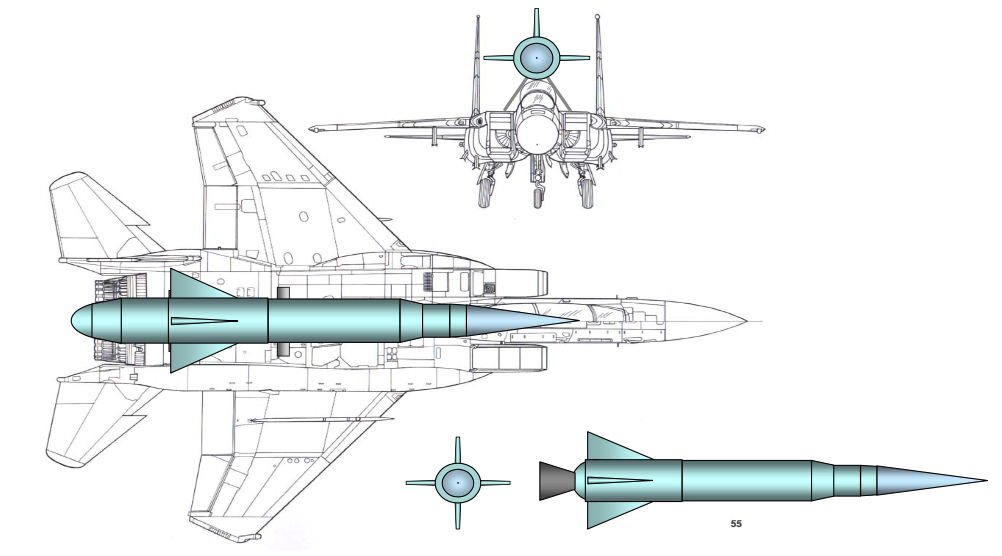
On April 24, 2006, a Boeing team led by Timothy T. Chen, Preston W. Ferguson, David A. Deamer, and John Hensley attended the 4th Responsive Space Conference in Los Angeles with their unique proposal in hand. The proposal, which came in the form of a 17-slide PowerPoint and accompanying 10-page write-up, was built upon a previous study conducted by a team of seven Boeing staffers led by Payloads and Structures Engineer (at the time) Tom Mead.
Of course, there had been plenty of crazy proposals to come out of aviation firms over the years, from massive nuclear-powered flying aircraft carriers to genuine flying saucers — but despite targeting space itself, this proposal was decidedly quite grounded. The idea behind the Global Strike Eagle wasn’t to sell the U.S. government on developing a pricey new aircraft for space launch operations. Instead, Boeing aimed to take the equipment Uncle Sam already had laying around and assemble it in a way that would offer a groundbreaking new capability for an extremely low cost.
As the proposal puts it:
“The utilization of the F-15 as the initial stage of the launch system provides not only the expected performance benefits – reduced velocity requirements for the rocket stages, lower aerodynamic drag, and decreased atmospheric pressure but also the operational advantages inherent in using the existing support infrastructure.”
“Responsive Air Launch Using F-15 Global Strike Eagle,” Boeing, 2006
In keeping with that low-budget mindset, the proposal calls for using an existing F-15C or D with “high hours” as the initial technology demonstrator intended to serve as an airborne launch platform for a small rocket (likely from under-wing or center-line pylon), with plans to move on to using a more highly modified F-15E Strike Eagle as the basis for what would become the first true Global Strike Eagle.
Related: The full story of how an F-15E scored its only air-to-air kill with a bomb
How do you attach a 45-foot rocket to an F-15?
Of course, the first significant hurdle the concept would have to overcome was already apparent at this stage: despite the power and payload capabilities offered by the F-15 airframe, it would be utterly impossible to mount a rocket of this size or weight beneath the fighter. Previous studies of F-15E payload capabilities suggested that under-wing pylons couldn’t manage anything heavier than 220 pounds. NASA would successfully mount a 1,000-pound, 13-foot AIM-54 Phoenix missile on a custom center-line hard point devised for their F-15B in 2006, but their limited success in the effort only further confirmed that mounting a 45-foot, 30,000-pound rocket to the bottom of this aircraft would prevent it from rolling down the runway at all, let alone pitching up for take-off.

Top: NASA Image of an AIM-54 mounted beneath their F-15B
Bottom: Boeing’s design for a proposed F-15GSE
As a result, the decision was made to mount the rocket launch vehicle on top of the F-15, taking advantage of the wide tail span between upright stabilizers to allow for a larger diameter rocket. This new top center-line pylon concept was substantiated by testing originally intended for added ordnance, and according to Boeing, four internal bulkheads within the fuselage would provide adequate strength to support their massive rocket.

But even with the rocket now riding atop the fighter, its massive size still created problems for the Global Strike Eagle concept. The rocket’s nosecone would not only cause clearance issues with the cockpit canopy, it would interfere with the F-15’s ejection apparatus if used… and by interfere, Boeing meant that any pilot crazy enough to fly an F-15 with a rocket on its back would also be unable to eject without hitting the rocket itself. This seemed like reason enough to eliminate the pilot altogether and convert the Global Strike Eagle to use a communication link-based flight control system like those employed by Boeing’s X-45 or X-36 technology demonstrators. This change also offered the added benefit of not having to find a pilot with an affinity for rockets and a death wish.
Of course, operating an aircraft without a pilot is nothing out of the ordinary for the U.S. Air Force, which operates a wide variety of uncrewed platforms. The branch even has experience with converting crewed fighters into uncrewed jets, with none other than Boeing assisting in fielding QF-16 aerial target drones made from retiring F-16 airframes.
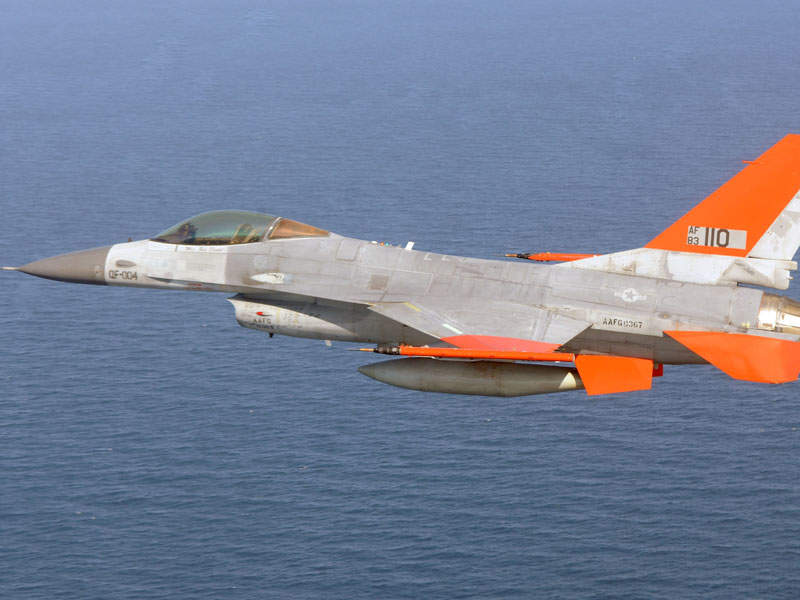
Because there would be no pilot onboard, the conversion from Strike Eagle to Global Strike Eagle would require very little in the way of avionics or system changes, and in fact, many systems, like onboard radar, could be removed entirely because of the aircraft’s non-combat role.
The Air Force already operates more than 400 F-15 Eagles and F-15E Strike Eagles the world over, so the vast majority of the infrastructure required to operate the Global Strike Eagle already exists, and many of the aircraft’s systems could be maintained by existing Air Force personnel. This offered both a means of reducing costs and of ensuring the Air Force could have orbital launch capabilities from practically any airfield found under a friendly flag, and just as importantly, it could be done quickly.
Theoretically speaking, a Global Strike Eagle and its support team could be flown to any airstrip with a few thousand feet of runway, prep their aircraft for launch, and deploy a payload into orbit in fairly short order. When conducting these operations from military airstrips with existing F-15 infrastructure, these launch operations could be easily hidden, as most of the launch preparations that would take place outside the hangar would look like any other F-15 sortie.
Related: Sea Eagle: America’s plan to put the F-15 on aircraft carriers
How to launch a rocket from an F-15
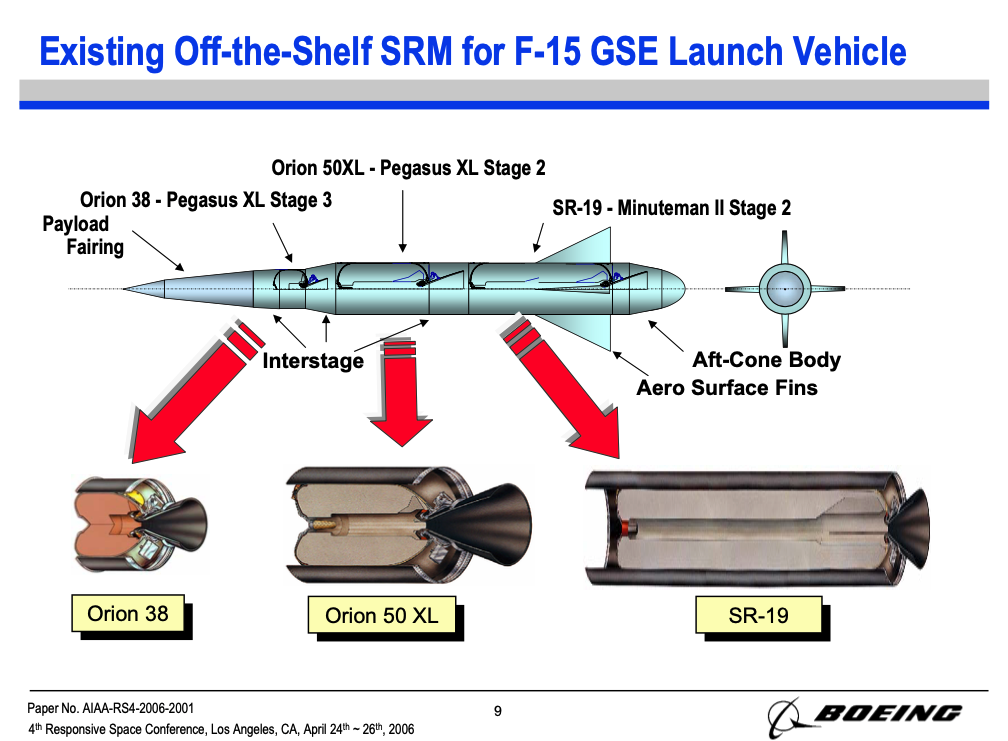
Like the fighter launch platform, the rocket carried by Boeing’s Global Strike Eagle would also be a bargain. Boeing intended to use off-the-shelf solid rocket motors in conjunction with solid rocket motors already produced for America’s arsenal of ICBMs. Using rockets America already had a supply of wasn’t just a cost-saving measure, however, it would substantially reduce development time.
The first stage of the Global Strike Eagle’s “Launch Vehicle” rocket would carry an SR-19 solid rocket engine sourced from the second stage of a Minuteman II ICBM, producing 60,300 pounds of thrust for 287.5 seconds. The second stage would carry an Orion 50XL sourced from the third stage of the same Minuteman II, which would provide another 34,500 pounds of thrust for the next 289 seconds. Finally, the third stage would pack an Orion 38 rocket motor used in a variety of small rockets, which would provide 10,600 pounds of thrust for 289.6 more seconds of powered flight, finally putting the payload into Low Earth Orbit.
The rear portion of the rocket would carry a cone-body during flight for improved aerodynamics that would be ejected almost immediately after the rocket separated from the F-15. According to Boeing’s study, the F-15’s aerodynamic design would not only sustain adding a rocket to its back, but some elements even seemed well suited for it.

“Preliminary computational fluid dynamics (CFD) modeling was conducted on the F-15GSE/ LV configuration to ensure no aerodynamic show- stoppers,” the Boeing proposal reads.
“The analysis indicates only minor reduction in F-15 lift due to the payload/ LV and increased vertical tail loading, which is compensated by a change of aircraft’s angle of attack by 1 degree.”
In order to eventually ferry rockets as big as 30,000 pounds into the sky (with payloads as large as 1,200 pounds), Boeing suggested incorporating “JATO” (Jet-Assisted Take Off) rocket boosters on the F-15 itself. They also suggested leveraging a technique known as mass injection pre-compression cooling (MIPCC) for a bit more power throughout the flight envelope. MIPCC is effectively a water or coolant injection ahead of the engine’s compressor that evaporates and cools as it passes through. This cooling effect allows the engine to operate at higher velocities and altitudes than the heat produced by the engine would normally allow.
It’s not quite like Dom hitting the NOS in his fart-canned Supra, but it is a cheap and effective way of pulling a bit more power out of an existing jet engine.
Boeing’s approach called for the Global Strike Eagle to begin the launch process by pitching upward at a 40.4-degree angle and increasing speed to Mach 1.7 at an altitude of 27,700 feet. At 47,800 feet and a speed of Mach 1.35, the rocket launch vehicle would detach from the F-15 and give the fighter enough time (about four seconds) to pitch down and away before the first stage rocket motor ignited.
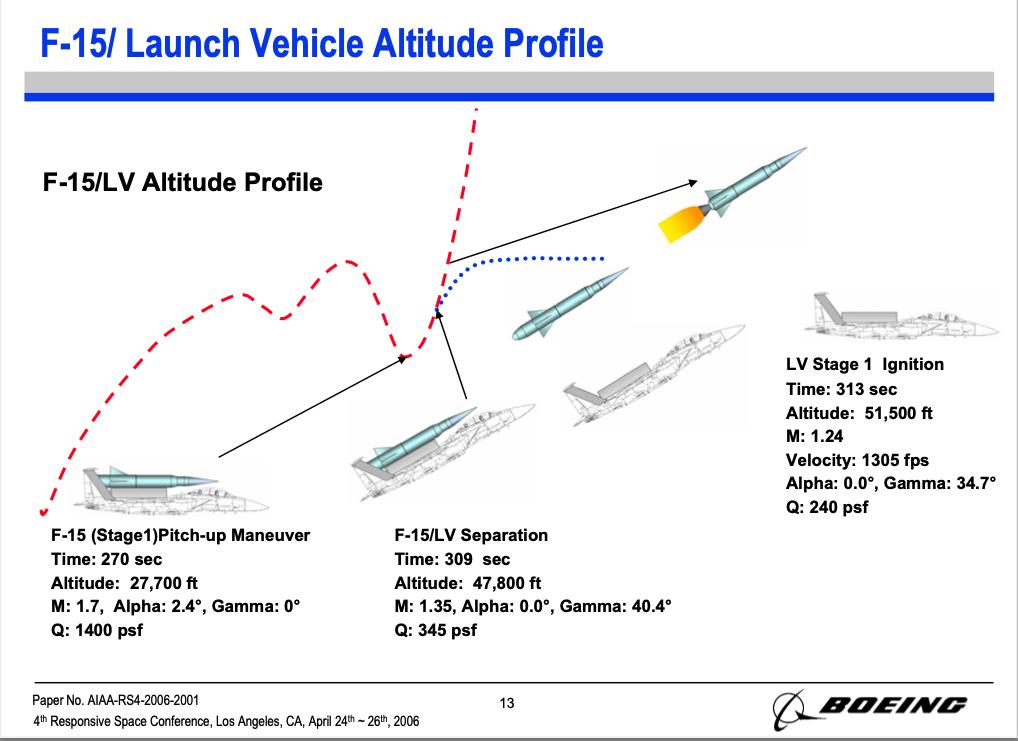
From there, the rocket would do what rockets have long done best: burn through each successive stage until payload separation occurred in Low Earth Orbit approximately 400 seconds (an ominous 6.66 minutes) after the F-15 began the launch maneuver.
Related: NASA’s plan to use an F-15 to launch hypersonic Phoenix missiles
If this concept could work, why haven’t we seen it happen?
To be clear, despite the proposal offering a number of promising claims about the feasibility of the Global Strike Eagle concept, that seems to be as far as this concept has gone, at least publicly.
If we take Boeing’s claims at face value, this concept could indeed offer the U.S. Air Force a comparably inexpensive option for launching the very sort of micro and nano-satellites the Space Force is now placing an increased emphasis on rapidly fielding, seemingly making this fighter-based launch system even more promising than it was when first proposed in 2006. But the United States has a number of rocket launch options available to it and no pressing need to invent novel ones that include strapping really big rockets to perfectly good F-15s, at least not yet.
Today, the United States is investing heavily in hypersonic weapons ranging from scramjet-powered cruise missiles to glide-bodies that could indeed be launched from rockets like those proposed for the Global Strike Eagle, but that might actually be a big part of the reason this effort didn’t go any further. The air-launched hypersonic weapons the United States is developing don’t require a 45-foot rocket to be mounted atop the fighter that launches them. It would be cheaper to convert an F-15 into a Global Strike Eagle to deploy these weapons in testing, but in practical application, a weapon that can be mounted under the wing of a bomber just has far more strategic value than one that requires a specially modified and rare launch platform.

But that doesn’t mean this concept doesn’t have some intriguing benefits, especially for the rapid launch of small satellite payloads into low earth orbit. We may never see the Global Strike Eagle manifest as it appears on the pages of these Boeing documents, but there are a number of publicly disclosed efforts to get payloads into space from aircraft, and almost certainly a number of others tucked behind a curtain of classified funding.
So, while the Global Strike Eagle may seem crazy, the impetus behind it and the approach it takes to deploying payloads aren’t really all that crazy at all.
Editor’s Note: This article was originally published in February 2022.
Read more from Sandboxx News
- Boeing (McDonnell Douglas) F-15 Eagle: Everything you need to know
- Was America’s Aurora hypersonic aircraft real? We get to the bottom of it
- How big are the guns on America’s fighter jets? BIG.
- More than missing guns: Why America lost dogfights over Vietnam
- US doubled its hypersonic missile successes in the last 11 months
Related Posts
Sandboxx News Merch
-

‘AirPower’ Classic Hoodie
$46.00 – $48.00 Select options This product has multiple variants. The options may be chosen on the product page -

‘Sandboxx News’ Trucker Cap
$27.00 Select options This product has multiple variants. The options may be chosen on the product page -

‘Sandboxx News’ Dad Hat
$27.00 Select options This product has multiple variants. The options may be chosen on the product page

Alex Hollings
Alex Hollings is a writer, dad, and Marine veteran.
Related to: Airpower
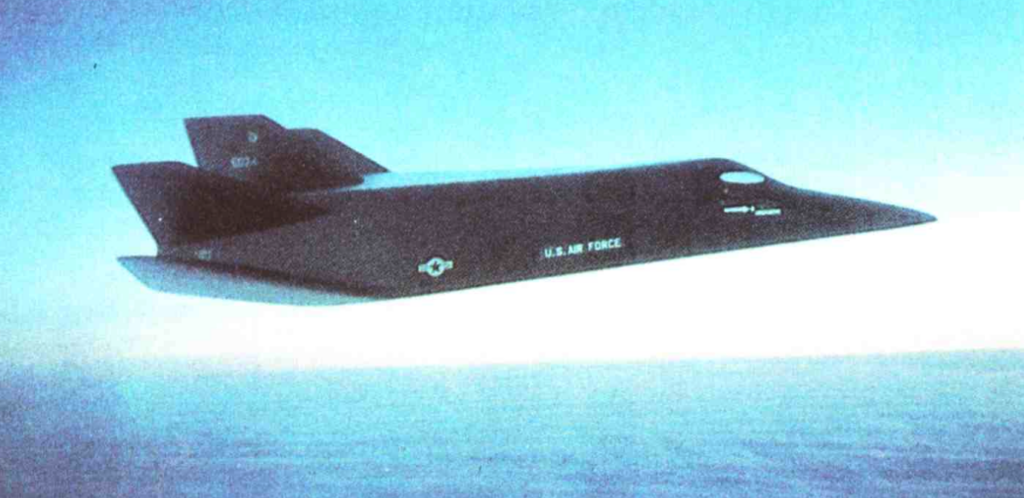
Game-changing military aircraft that were canceled before they could change the game

Anduril’s Roadrunner is a unique reusable missile interceptor
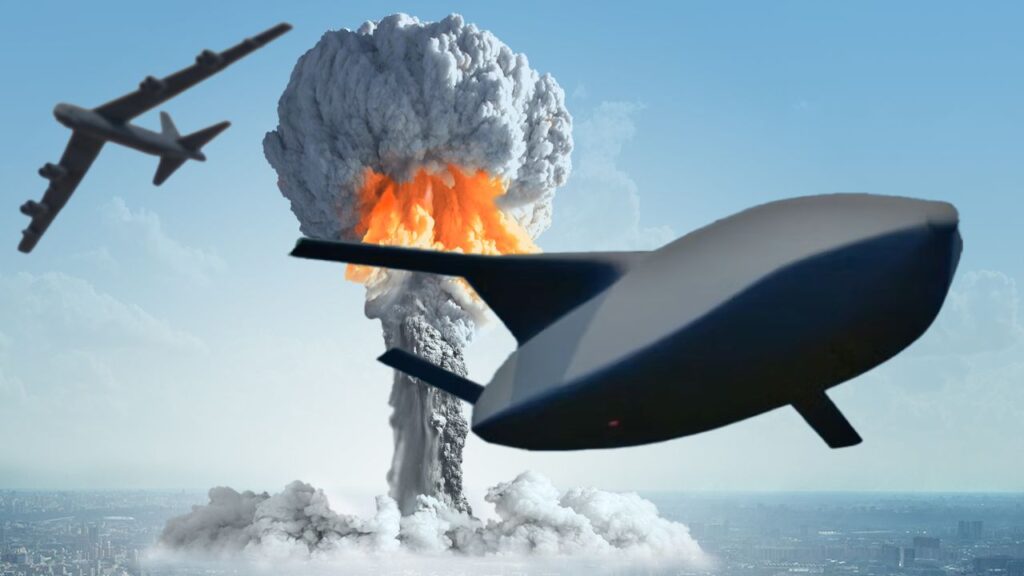
The AGM-181 LRSO missile will modernize America’s nuclear triad
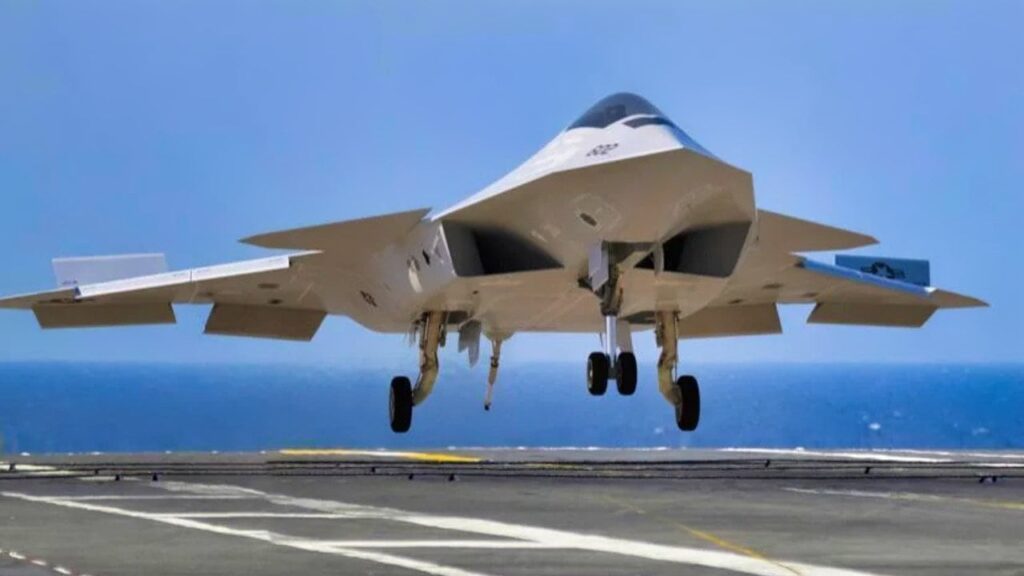
Navy will soon announce the contract award for its F/A-XX 6th-generation jet, according to reports
Sandboxx News
-

‘Sandboxx News’ Trucker Cap
$27.00 Select options This product has multiple variants. The options may be chosen on the product page -

‘AirPower’ Classic Hoodie
$46.00 – $48.00 Select options This product has multiple variants. The options may be chosen on the product page -

‘AirPower’ Golf Rope Hat
$31.00 Select options This product has multiple variants. The options may be chosen on the product page -

‘Sandboxx News’ Dad Hat
$27.00 Select options This product has multiple variants. The options may be chosen on the product page
